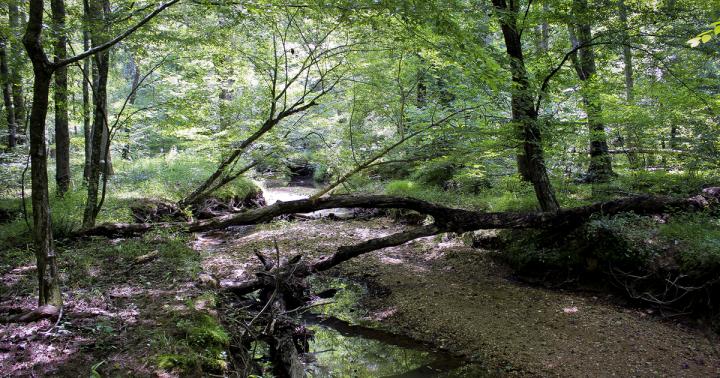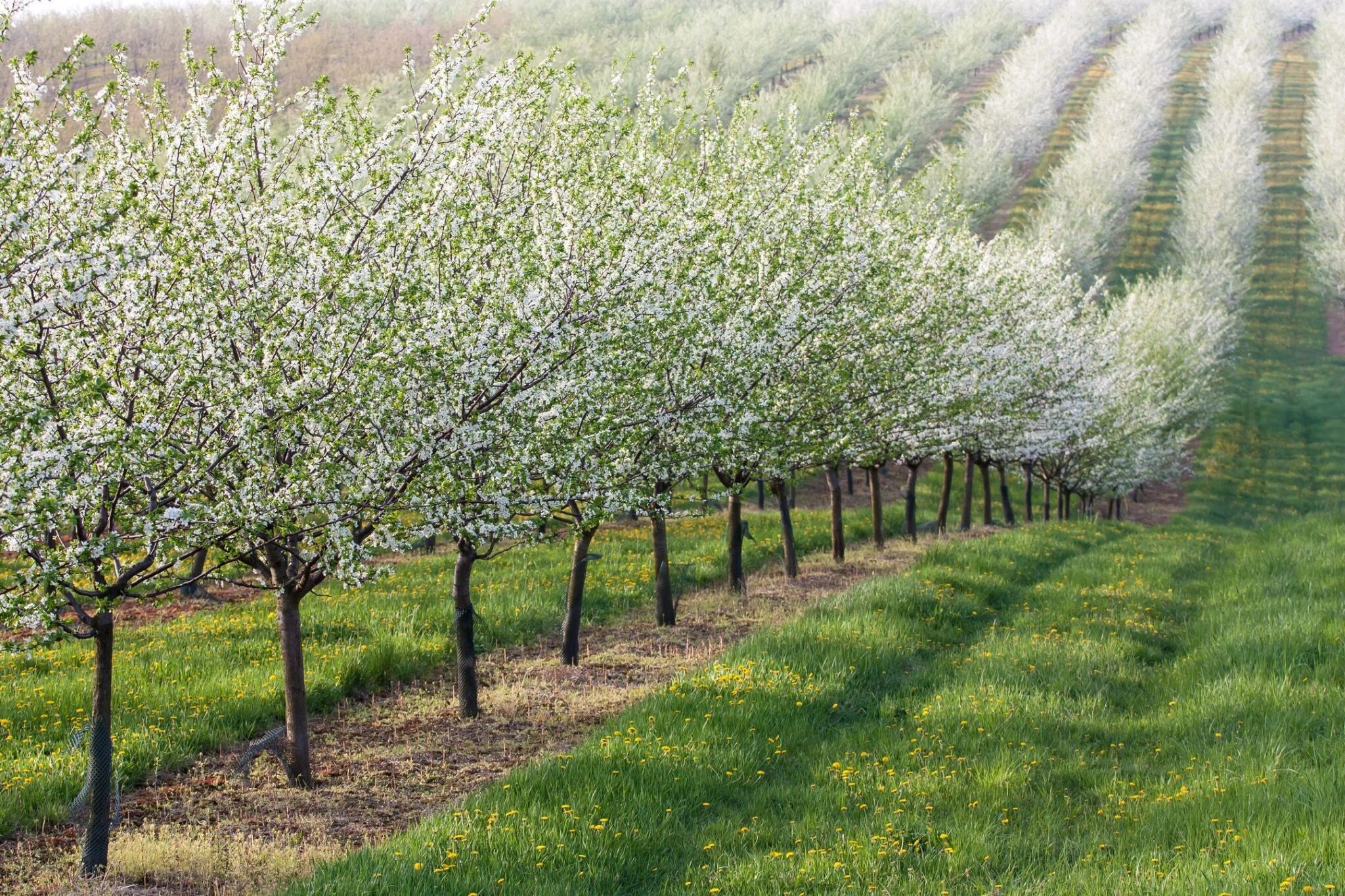Fossil pollen holds clues to past
What if, instead of ancient treasure and tombs, Indiana Jones researched ancient pollen and soil?
Beyond just a seasonal nuisance or a crucial component of agriculture, pollen can be a key to understanding the past. It clues researchers in to how land was used thousands of years ago, as well as what the climate conditions were like at that time. And according to a new study from North Carolina State University, this tool may be available in more areas than previously thought.
Painting the past with fossil pollen
The pollen in question isn’t the type that floats around in spring and fall, wreaking havoc on the noses and sinuses of allergy-sufferers, but rather preserved grains buried underground. This is the basis of palynology, or the study of fossil pollen.
Using fossil pollen, researchers like Matthew Ricker, primary author of the NCSU study, can piece together past land use events, such as the logging of pine forests in New England. As mentioned in a press release for the study, when European settlers arrived on the Eastern Seaboard, they cut down massive pine stands to make room for crops—inadvertently changing what pollen was deposited there. A researcher looking back at soil from these areas would see a shift from predominantly tree pollen to grass pollen, and could interpret historical land use from that evidence.
RELATED: EXTINCT BISON FOUND FROZEN IN SIBERIA
While land use clues are exciting, pollen can also give researchers a glimpse at how plants responded to past climate shifts. Some soils in the eastern U.S. can show climate patterns all the way back to 11,000 years ago. Pollen analysis in this particular study illustrates how plant populations were changing as glaciers retreated after the last Ice Age (which, of course, paralleled shifts in climate). Tundra sedges of Arctic regions were edged out by lower-latitude spruce trees, which were in turn edged out by other conifers. Eventually, when things warmed up enough, the conifers were replaced by deciduous trees we have today—all demonstrated by pollen in the soil.


Putting floodplains on the map
So what does all this mean for the general population? Scientists use the vegetation patterns from past climate shifts to predict where plants may or may not grow in the future, depending on what the climate does.
And that may be easier, cheaper, and more efficient to do in the future, since this study shows additional viable regions to research.
According to the NCSU study, most palynological research has focused on the soil near lakes and bogs. Very wet areas such as these lack oxygen, which limits the microbial activity that deteriorates pollen grains over time. Grains tend to be more readily available in these wetter regions than in drier soils.
But this study examined soils in alluvial plains, or areas where sediment is deposited by regular flooding. Since bogs and lakes don’t make up a huge portion of the planet’s geography compared to other landscapes, Ricker’s paper opens a door into other potential research areas—even though Ricker and co-authors Mark Stolt and Michael Zavada found pollen in only 40 percent of the soil layers they examined.
RELATED: THE TINIEST FOSSILS OF ALL
Through analyzing more than 100 samples from 18 locations in Connecticut, Rhode Island, and Massachusetts, Ricker and his team found indicators that certain spots may contain more fossil pollen than others in alluvial plains. The team looked at properties like iron content, size of soil particles, and presence of organic matter. In soil samples that contained higher levels of preserved pollen, they found a correlation with high concentrations of organic matter and both silt and clay. This discovery gives future researchers a better idea of where they can find what they’re looking for.
Saving money, time, and the future with fossil pollen
Taking soil samples can be costly in terms of time and energy, and sending them to a lab for analysis can cost thousands of dollars. But thanks to this study, researchers have both a new soil type to explore and clues to help them choose soil samples along the way.
Not only can ancient grains of pollen paint a fascinating picture of the past, they can help us prepare for the future. Being able to study fossil pollen in more areas than previously thought—and hopefully in a more efficient manner—may give researchers a leg up in mitigating future climate change impacts. Maybe pollen shouldn’t get such a bad rap after all.
This study was published in the Soil Science Society of America Journal.
—Mackenzie Myers is a science writer, native Michigander, and former field station ragamuffin. She holds an MFA in nonfiction writing, but would be a soil scientist if she could do it all over again.
Reference
Ricker, M. C., Stolt, M. H., & Zavada, M. S. (2019). Pollen preservation in alluvial soils: Implications for paleoecology and land use studies. Soil Science Society of America Journal, 83(5), 1595–1600. doi: 10.2136/sssaj2019.01.0025




